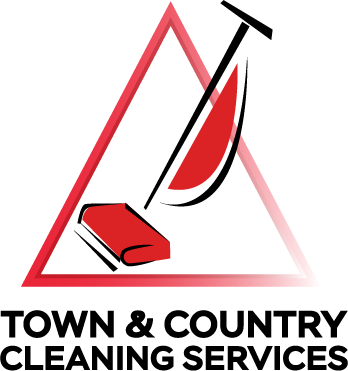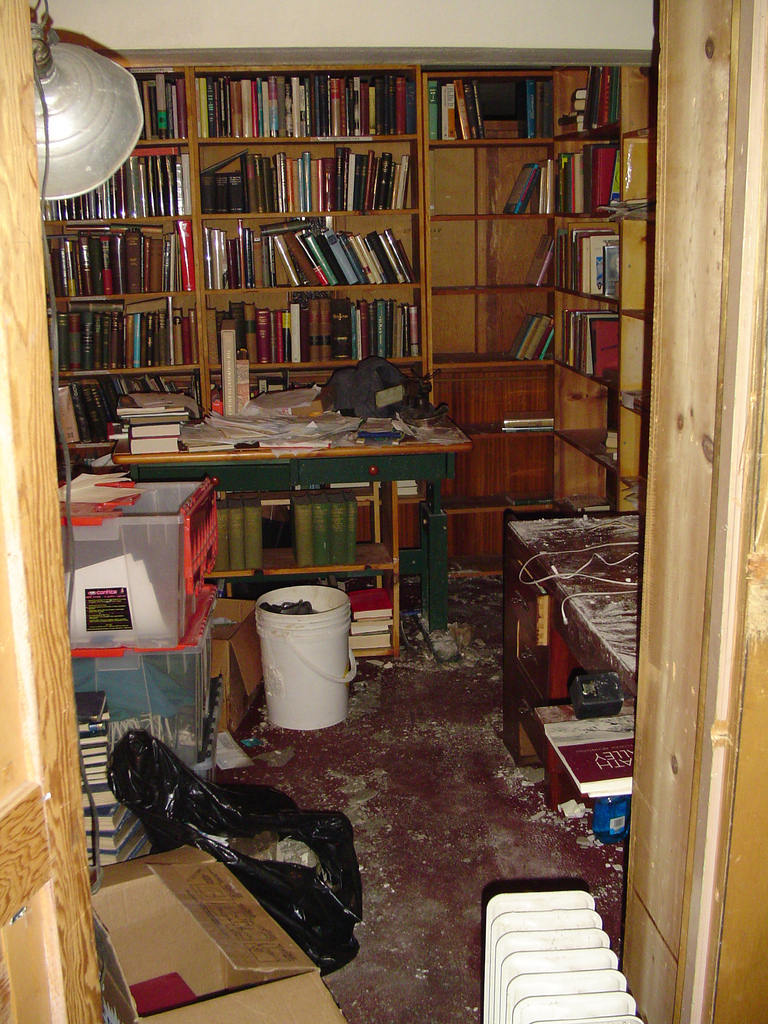In-Home Water Loss
If you were to come home to a personal in-home flood due to a broken water hose (washing machine, dishwasher) or a water heater flood – would you know what to do to begin controlling and undoing the damage?
Did you know? Here’s a little-known piece of information quoted to us by an contractor specializing in water loss restoration. A house, as it was constructed 100 years ago, could withstand an extra 100 gallons of moisture. Today, with energy seals and more vulnerable materials like laminate floors and pressboard cabinets, an extra 10 gallons can present a disaster.
Our Checklist for Water Loss Emergencies
Here is a handy checklist from your Chapel Hill residential cleaning service: Town & Country Cleaning Services (whose officers are also IICRC-WRT certified for water restoration).
Please note: These suggestions pertain to clean water losses only – if sewage is involved or the damage has been going on for days, it may involve mold or extensive bacteria, so do the wisest, safest thing: call in a flood-damage or disaster professional immediately. If you are unable to reach your insurance agent, you still must take action based on the best information available to you.
-
STOP THE WATER
- First and foremost: Whatever the source, it must be stopped.
- If you cannot locate the in-line cutoff to the appliance itself, cut off the main water supply (it typically is located in a closet on the main or ground floor). This usually keeps the water intrusion limited to whatever has already occurred.
- If you are truly stymied and cannot find a way to shut off the water and it is after business hours, contact an emergency, 24-hour plumber to help you, explain the situation clearly and get a commitment as to their earliest possible ETA.
-
Minimize the Damage.
- If it is safe (beware of wiring or electrical hazards) and it is from a clean water source, do what you can to move or protect valuables.
- Treat water losses like a “slow” fire – especially in humid climates, these conditions can rapidly add mold to the mess, much to you and your house’s ill health.
- Get professional advice and act as quickly as possible. Remediation of extensive as well as some seemingly minor losses should begin in just a matter of minutes or hours, not days!
- Call Town & Country Cleaning Services for free phone advice or for on-site consultation (919) 967-7592.
-
If possible, lift vulnerable possessions to dry space.
-
Paper items, books, etc. will absorb water, resulting in significant swelling and weight. Truly valuable papers that have become wet may be able to be freeze-dried by specialists but be prepared for hefty fees. A librarian at a major municipal or university library may be able to advise you. Do not attempt to use an ordinary freezer.
-
If possible, place squares of plastic (cut-up trash bags can help here or foil if that’s all you have) between furniture legs and damp or wet carpet. You cannot single-handedly lift triple dressers, but this can be done for chair and small table legs. This prevents more water absorption and helps prevent dye transfer from furniture (especially antiques) to carpet.
-
Lift drapes to dry space – it they are still dry or minimally damaged it may be possible to lay them over a plastic chair or table or you may gently “tie” a very loose knot leaving their hems well above the water.
-
If you have a wet-dry vacuum, you may be able to remove standing water from sensitive materials such as wood floors.
-
-
Be aware that significant damage may be occurring behind the scenes.
- Sheet rock can absorb enough to register as damp or wet up to the ceiling and beyond. Of course, as water “seeks its lowest point” it may be flowing through floors/ceilings and below all the way to the basement.
- Never assume the water intrusion is limited to what you can see or feel with your normal senses. Carpet cleaners 30 years ago might have touched the carpet or walls and said ‘feels dry to me’ but could have been completely WRONG. Today we have moisture meters and other high-tech equipment to identify the extent of water damage.
-
Be aware that you may have the option of drying materials in place.
- Do question your advisors on this point. The ‘old-fashioned’ wisdom has been to tear out and replace. (Note: carpets and other fabrics need to be dried out before they can be cleaned.) Especially in the case of clean water losses, deconstruction is no longer the primary choice under many circumstances. Your insurance appraiser may or may not be up to speed on modern methods.
- Your property is your primary concern after health and safety—you should be pro-active and ask questions until you are satisfied that you have the best possible answers for your situation.
- Second opinions may save you money, time and hassle as well as valuable furnishings and materials.
Photo courtesy of: born1945

